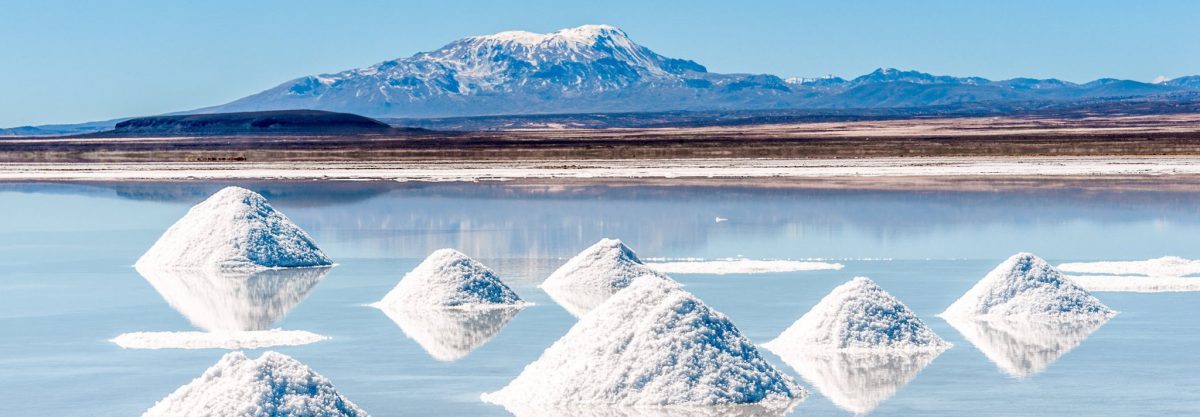Class 1.
Look at this picture and think:
-What kind of relationships between energy-environment-society can you identify?
-What assumptions/ideas/narratives are implicit here?
-What new questions should we ask to make this figure more complex?
-Does this figure represent every country/community around the world?


-What kind of relationships between energy-environment-society can you identify?
I see relationships between:
(Energy – Markets) – how to design effective economic policy to encourage clean, reliable energy for society (Energy – Coal) – Coal plays a major role in society in the US, causing various economic policies to create/maintain jobs and clinging to the industry as it (hopefully) phases out. However, many families rely on the coal industry for jobs, making it more than just an issue of clean energy.
(Infrastructure – Knowledge) – In order to build effective policies and create a sense of ownership/urgency to transform the current infrastructures, it is imperative that the sharing of knowledge occurs through open source scientific research as well as in the educational infrastructure globally.
(Pollution – Regulation) – How can governments step in to regulate pollution to prevent water and food crises from happening?
-What assumptions/ideas/narratives are implicit here?
One thing that I notice is that the mind-map is very high level in terms of its discussion of the problem. While this is a HASS course that is focused on public policy and scientific research, I think it is important to remember what it is we are striving to protect. Not only humanity but the beautiful landscapes and abundant natural resources that the Earth provides us with. These things are common to all humans and should serve to connect us on these issues. I think the mind-map implicitly shows how easy it is to get caught up in the high-level discussions.
-What new questions should we ask to make this figure more complex?
To add another dimension to the mind-map, you might consider asking: ‘Which of these seems to be the most important?’ and vary the size of words based on this factor. The same would go for asking the question:
‘Which of these do we hold to be the most important to ourselves and our lives?’ We can also ask the question of addressing the issues with explicit policies and then creating maps around the nexus effect of each of those policies.
-Does this figure represent every country/community around the world?
I think that our mind-map does a good job of getting nearly every term/concern out there. However, I think that what varies from country to country or community to community is the extent to which each of the terms affects the area and how important it may be to think about that particular issue in that particular area. For example, water security may be much more important in desert areas and places experiencing extreme drought than say, LA which may be more concerned about air pollution and limiting the GHG effect.
LikeLiked by 1 person
Completely agree with all your comments and ideas Patrick, but I would like to highlight two interrelated ones that made think further:
1. The importance of the connection with the natural world. As you say, what we are trying to protect is not only humanity but our relationship with the natural world, which should also serve to connect us all. When thinking about what narratives we tell about why it is essential to create sustainable ways of living, a selfish goal of survival (as species) might be very effective to produce change but doesn’t necessarily foster forms of empathy and connection between humans and non-humans. An ethical and philosophical dimension seems here central.
2. “Which of these do we hold to be the most important to ourselves and our lives?” I think your proposed question is critical and closely linked with point 1. Environmental and science communicators always say, ‘make it personal.’ At the very end, to effectively create changes in patterns of consumption and production we do need that reflexion to happen at a personal level (not only at a policy or economic level).
Thanks for sharing your ideas, looking forward to expanding this conversation.
LikeLike
This figure is most representative of the relationships active in the developed world to which we are accustomed. In rural Tanzania, for example, governmental regulations are minor factors; societal influences on water and energy systems come primarily from individuals and small communities. Irrigation practices in the village of Mkutani are dictated by the meager flow rate of the nearby river, which requires neighbors to moderate water consumption through informal understandings about what days each person may pump river water for agricultural use. This suggests the addition of “interpersonal cooperation” as a node in the mind map related to communication. On a grander scale, international cooperation is another key aspect of society within the energy-environment-society system.
Another level of complexity could be added by restructuring the mind map to provide more information how closely related different nodes are. For example, spills and CO2 emissions are two quite distinct components of the environmental section of the chart, and this could be visually represented by increasing the distance between them.
LikeLike
The experience of the village of Mkutani in Tanzania sounds like a particularly compelling case Christopher, thanks for sharing. Do you know any additional materials about this case or the concept of “interpersonal cooperation” in water management that you could recommend for further consultation?
The ‘weakness of the state’ has usually been blamed as one of the leading problems in environmental management among developing countries. However, if societal (non-state) actors are proved to be more crucial (as it seems in this case), we might need to change the focus of the analysis.
Also, I really like your idea of integrating distance between the nodes -and maybe size/colors to visualize different categories?
LikeLike